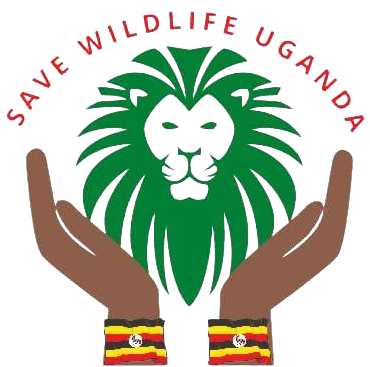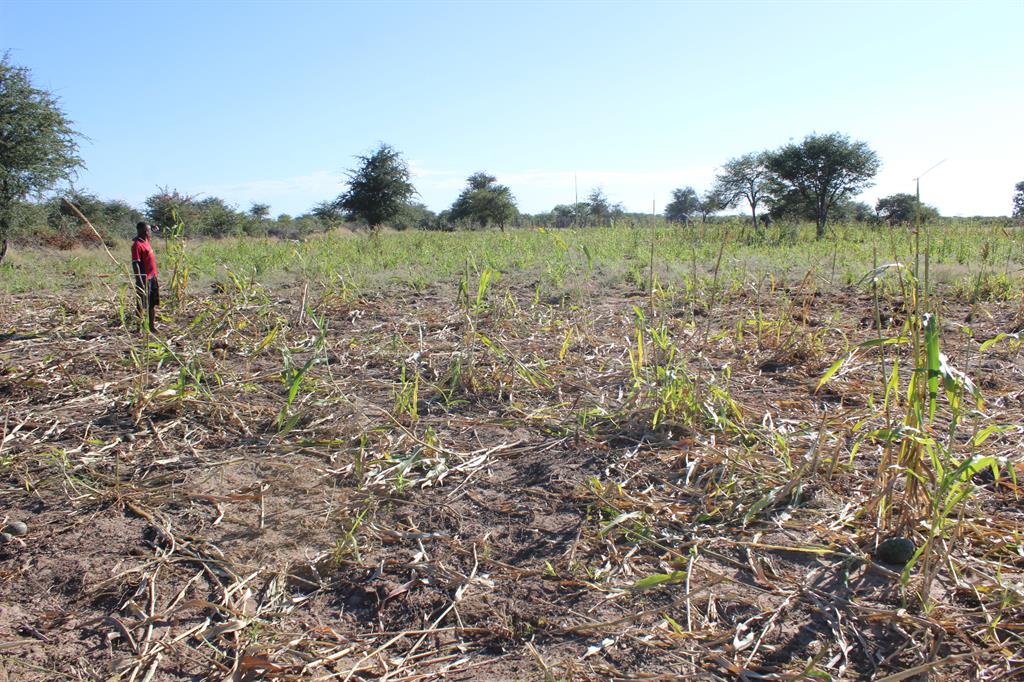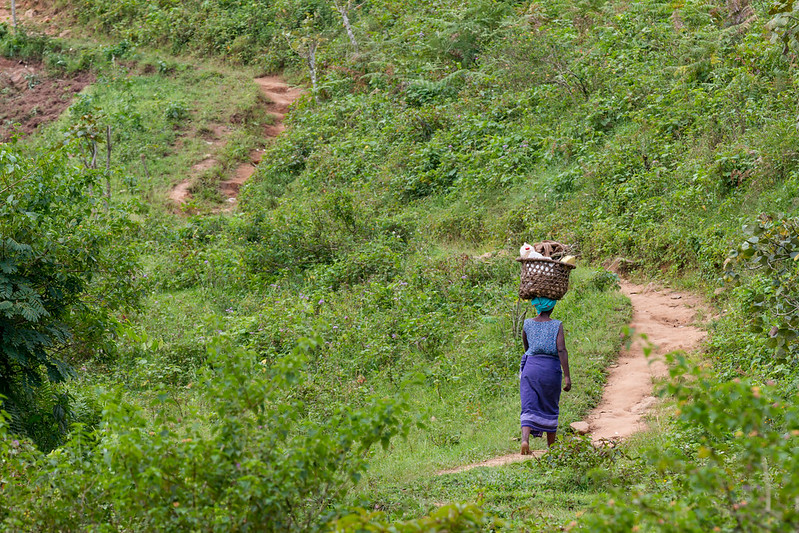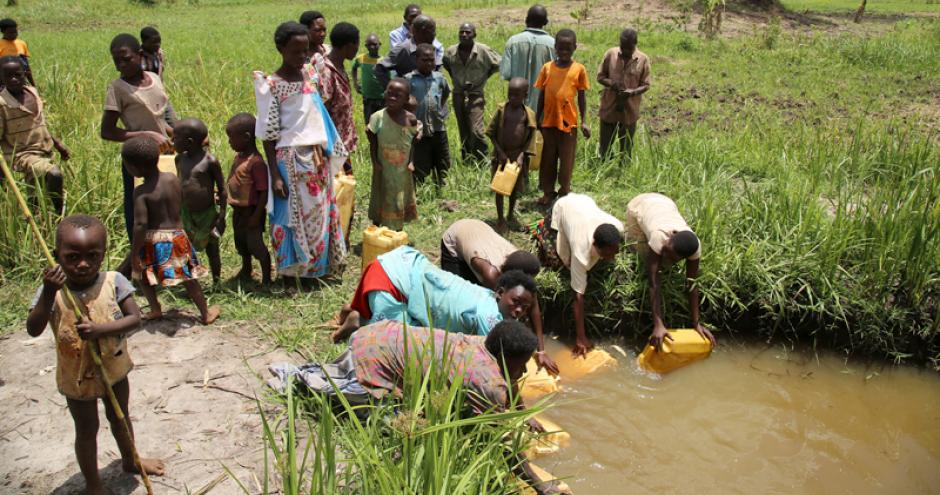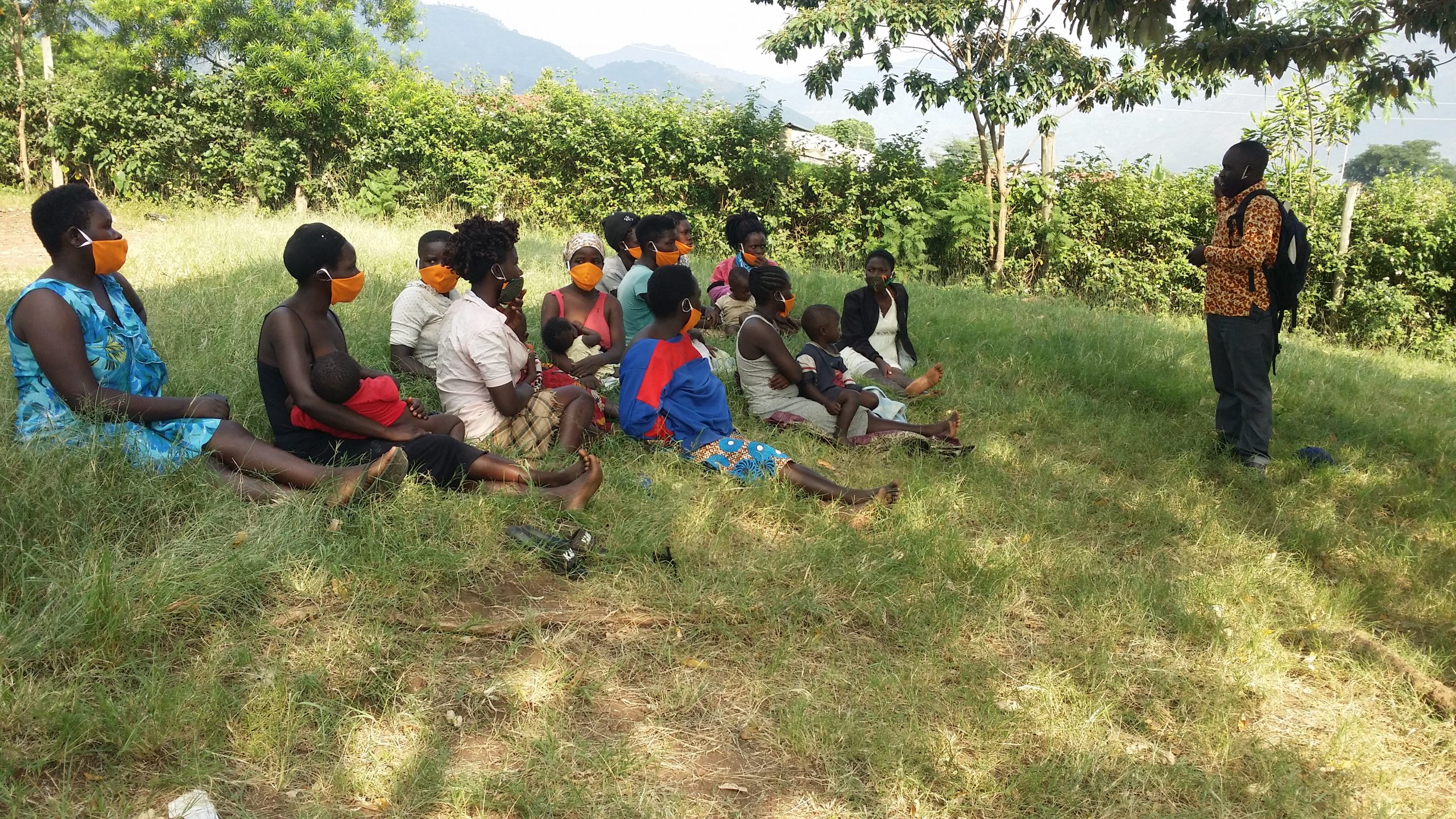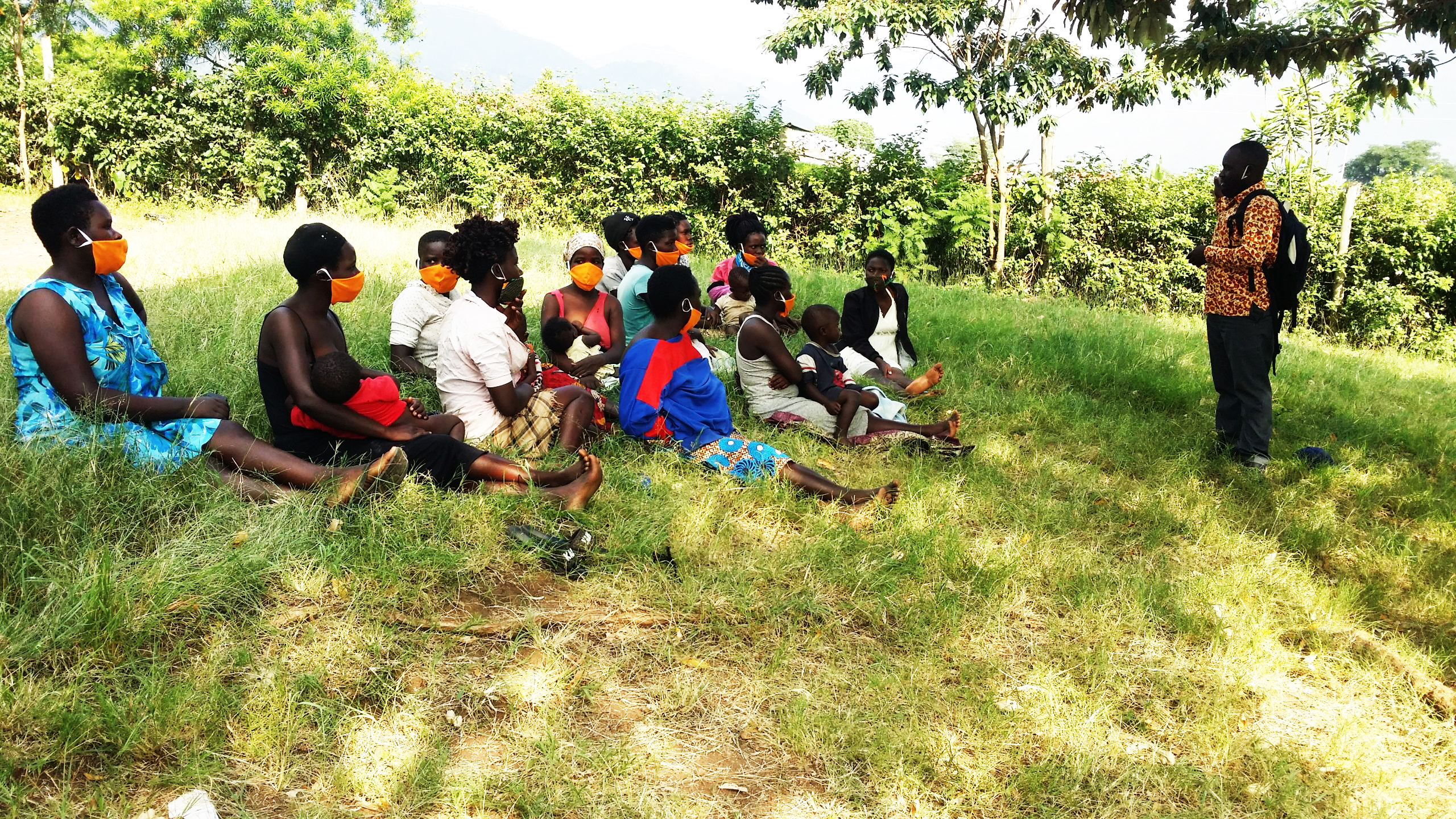Employment opportunities and allocation of finance
The project activities are targeting community –owned resource especially the victims of wildlife in Queen Elizabeth national park. Therefore the community group agrees on most equitable benefit sharing model that can appropriately remunerate all the stake holders involved in the project.
Save wild life Uganda is targeting all households along the buffer zones of ishasha sector queen Elizabeth national park. These are the very areas which were formerly part of the wildlife zone and have been transformed into agricultural fields where bush burning is still a practice used by small holder farmers in these areas. Slash burning for site clearing contribute to greenhouse gas emission each year and degrades the thin layer of soils. save wildlife Uganda seeks to promote “SMRT” agriculture by sensitizing farmers and equipping them with knowledge and better farming practices to be able to increase productivity and at the same time contribute to their genetic conservation the generations.
